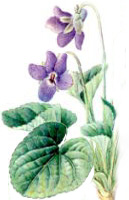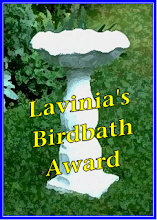 my photosSEEING REDThe month of August has seen a lot of rain, perfect for tumbling cherry tomatoes. The variety I have been growing for the past few years is Garden Pearl (gartenperle).
my photosSEEING REDThe month of August has seen a lot of rain, perfect for tumbling cherry tomatoes. The variety I have been growing for the past few years is Garden Pearl (gartenperle).

Potentilla (Gibsons Scarlet), a very pretty, clump forming perennial with sprawling stems. Likes a well-drained position, being quite happy to grow through cracks in paving. Keep deadheading for continuous flowering, and when the plant has exhausted itself, leave any remaining flowers to self-seed.
 Dahlia (Bishop of Llandaff) with bronze foliage lives in a large pot, and is placed in a frost-free, sheltered position to overwinter. Preferring to keep mine in pots, dahlias are great for placing in gaps which are likely to appear in late summer, and leaves room for experimenting with different colours too.
Dahlia (Bishop of Llandaff) with bronze foliage lives in a large pot, and is placed in a frost-free, sheltered position to overwinter. Preferring to keep mine in pots, dahlias are great for placing in gaps which are likely to appear in late summer, and leaves room for experimenting with different colours too.
 I made the mistake a few years back of treating Antirrhinum (snapdragon) as an annual, tearing out the plants once they had finished flowering. One got away, and returns ever year to show off this blousy, burgundy red flower.
I made the mistake a few years back of treating Antirrhinum (snapdragon) as an annual, tearing out the plants once they had finished flowering. One got away, and returns ever year to show off this blousy, burgundy red flower.






















































































